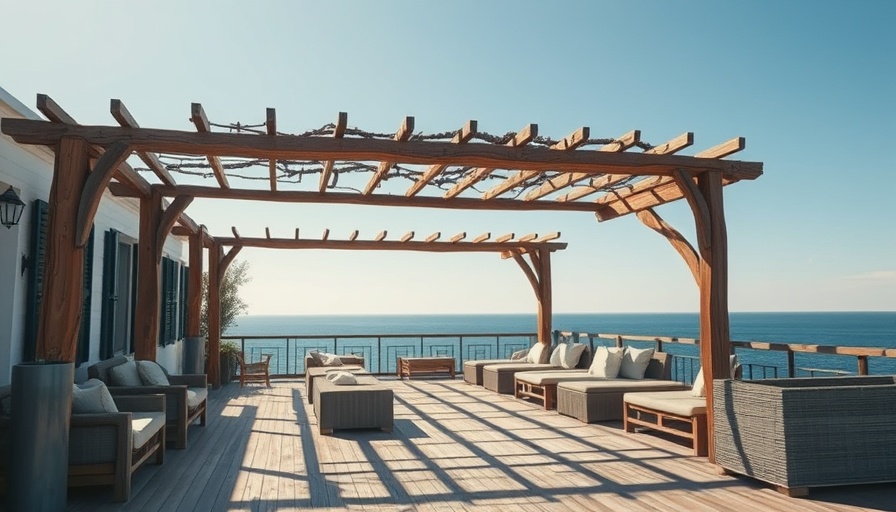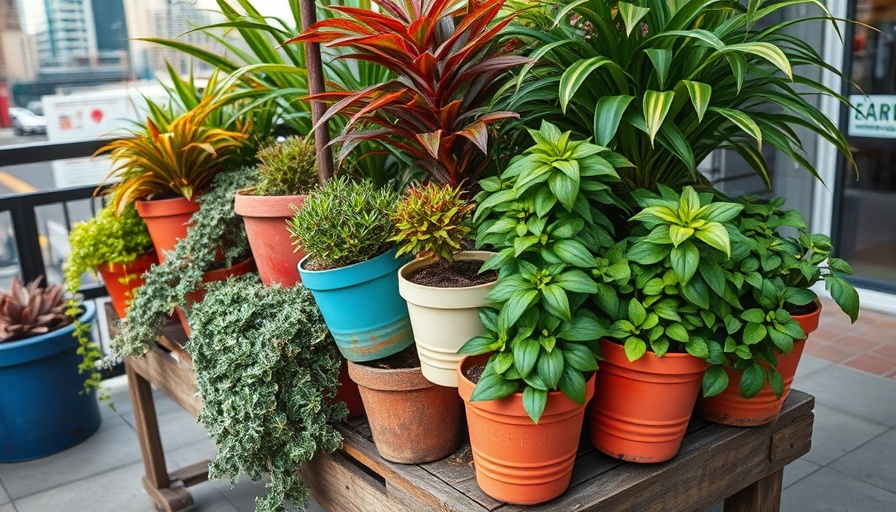
Understanding Sugi Wood: The Essence of Japanese Cedar
Sugi wood, derived from the Japanese cedar tree (scientifically known as Cryptomeria japonica), is highly regarded for its beauty and performance. With a robust, straight grain and a pale yellow to light brown hue, this wood is lightweight yet strong, making it ideal for various applications. Notably, sugi wood is naturally resistant to decay, insects, and fungi, emphasizing its durability.
Culturally, Sugi is significant in Japan, where it has been used for constructing temples and traditional homes for centuries. The aromatic scent of the wood enhances its desirability, adding a sensory element to its natural charm.
The Allure of Western Red Cedar
In contrast, Western Red Cedar (*Thuja plicata*) hails from North America's Pacific Northwest. Known for its striking reddish-brown color, this wood has a fine texture and exhibits more pronounced grain patterns compared to sugi. Like sugi, Western Red Cedar offers decay resistance but is primarily sought after for its aesthetic appeal in outdoor living projects.
Sugi vs. Western Red Cedar: A Comparative Insight
When considering these two types of wood for outdoor furniture or DIY projects, both offer unique benefits. Sugi's cultural resonance and durability make it a favorite for traditional constructions, while Western Red Cedar's vibrant color often shines in patio designs and outdoor entertaining spaces. Choosing between them depends on your specific needs and design preferences.
Outdoor Living Spaces: Choosing the Right Wood
For home service providers and DIY enthusiasts, understanding the differences between sugi and Western Red Cedar can enhance your projects. Both woods are excellent for outdoor furniture and can elevate any outdoor living space. When planning your next patio design or DIY outdoor project, consider the qualities of each wood to create a space that reflects your style and is built to last. The right wood can transform your outdoor area into a beautiful retreat.
 Add Row
Add Row  Add
Add 




Write A Comment